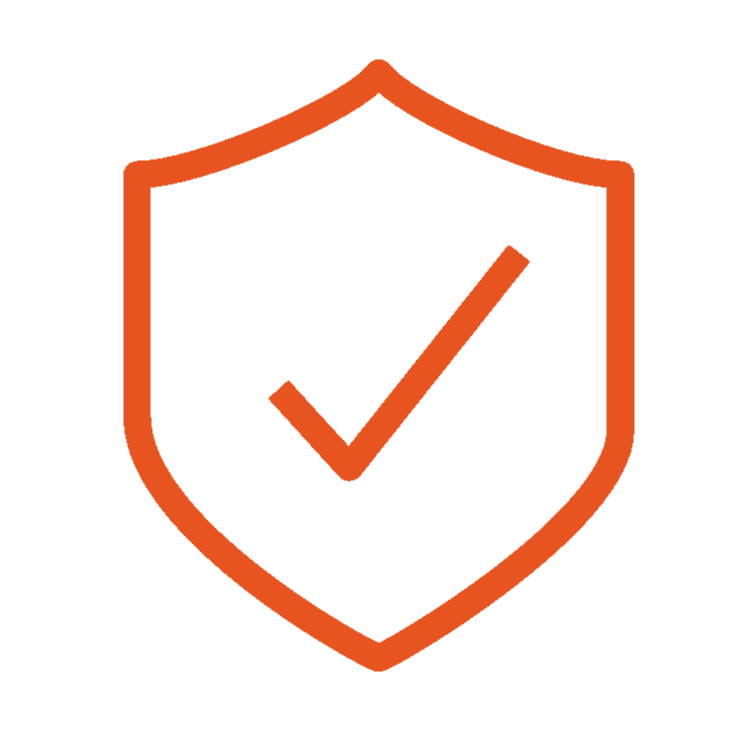EU legislation
Below you will find an overview of the main aspects of European Union (EU) legislation that affect Elia: the basic legislative framework (the Electricity Regulation and Directive, the Risk-Preparedness Regulation and the ACER Regulation) and the EU Network Codes. These Regulations and Directives have been amended several times and form part of a broader legislative framework.
Basic framework
The basic European legal framework impacts Elia's activities in a number of ways. The European Union uses a variety of instruments: Regulations (which are directly applicable), Directives (which have to be transposed into federal/regional legislation) and Network Codes (sector-specific technical guidelines).
The basic framework aims to:
- increase cross-border trade and boost cooperation between Member States to achieve a more integrated EU market;
- provide more flexibility with a view to integrating the growing share of renewable energy sources into the electricity system;
- introduce a comprehensive consumer protection framework, coupled with more rights for consumers;
- promote investment in line with market requirements and encourage the decarbonisation of the EU energy system;
- ensure that the EU is better prepared for electricity crises, including through cross-border cooperation;
- enhance the role of ACER, which takes action at EU level for the benefit of all EU citizens.
-
More information
The original EU legal framework for the electricity market was laid down in the Third Energy Package in 2009. This package required Member States to implement various provisions related to the liberalisation of transmission activities, in particular: (a) the appointment/licensing of one or more transmission system operators (TSOs); (b) the unbundling of generation and supply activities from network operation (and ownership); (c) the confidentiality of commercial information; (d) non-discriminatory access of third parties to the network; and (e) the establishment of independent regulators. The Third Energy Package was made up of, among other legislation, the Electricity Market Directive 2009/72/EC, the Electricity Market Regulation (EC) No 714/2009 and Regulation (EC) No 713/2009 establishing an Agency for the Cooperation of Energy Regulators (ACER).
These pieces of legislation were replaced between 2016 and 2019 by the Clean Energy Package (CEP) framework, respectively comprising Directive (EU) 2019/944 and Regulation (EU) 2019/943 on the internal market for electricity and the ACER Regulation (EU) 2019/942. The CEP also made changes to other legislation, including the Renewable Energy Directive (EU) 2018/2001, the Energy Efficiency Directive (EU) 2018/844 and the Governance Regulation (EU) 2018/1999.
From December 2019 onwards, the European Commission made further adjustments to the CEP in connection with the European Green Deal, which aims to make the EU the world's first climate-neutral continent by 2050 and to cut the bloc's emissions by 55% by 2030. These changes were set out in the 'Fit for 55' package, which included revisions of the Renewable Energy Directive, the Energy Efficiency Directive and the European Emissions Trading System Directive (2003/87/EC). A new Carbon Border Adjustment Mechanism Regulation was also introduced.
In 2023, the Electricity Market Directive and Regulation were also revised in response to the energy crisis. This was part of the REPowerEU plan aimed at boosting renewable energy to ensure the security of supply and affordability of energy.
In 2025, the European Commission launched further initiatives as part of its Competitiveness Compass: the Clean Industrial Deal and the Affordable Energy Action Plan provide, among other things, for the simplification of a number of Regulations and Directives (Omnibus Package) and a proposal for a European Grids Package focused on energy networks.
The EU Network Codes
The EU Network Codes are a set of technical rules derived from Regulation (EC) No 714/2009 (see above).
These codes are established at EU level in the form of regulations that are directly applicable, meaning that they are also directly implemented.
As set out in Regulation (EC) No 714/2009, the EU Network Codes are intended to facilitate the harmonisation, integration and efficiency of the European electricity market.
The EU Network Codes can be divided into four interconnected 'families':
-
Connection codes
-
Operations codes
-
Market codes
-
Cybersecurity codes
Transmission system operators manage the electricity transmission grids. Electricity generators and major customers who use electricity themselves are connected to these grids.
In order to make use of such grids, these grid users must comply with specific rules. All the requirements that these users must meet in order to be connected to the transmission grids are set out in a number of connection codes, each focusing on a particular type of grid user.
More information can be found on the ENTSO-E website: Network Codes Home
To ensure the continued reliability and stability of electricity systems such as the Elia transmission grid, every transmission system operator draws up plans and schedules to prepare for operating its system in real time.
This involves analysing whether enough electricity will be generated to meet demand and whether the system can safely handle the resulting flows.
More information can be found on the ENTSO-E website
One of the EU's main objectives is a fully integrated electricity market
The market codes play a crucial role here, as they determine how the various energy markets are organised.
The market codes are structured around the different time scales in which energy trading can take place, covering the long-term, day-ahead and intraday markets and the balancing market. They aim to foster competition, encourage the diversification of generation sources and facilitate the optimisation of existing infrastructure.
A key aspect is the organisation of cross-border trade, which makes available interconnection capacity tradable based on harmonised rules.
More information can be found on the ENTSO-E website.
This Network Code provides a clear definition of the roles and responsibilities of the various stakeholders for each activity.
More information can be found on the relevant ENTSO-E web page.

